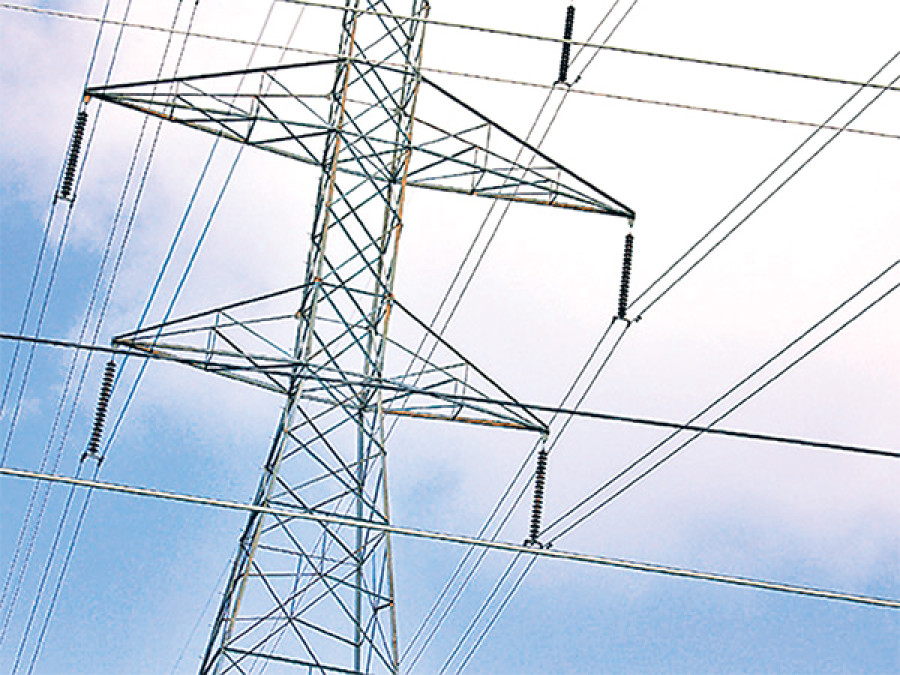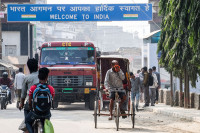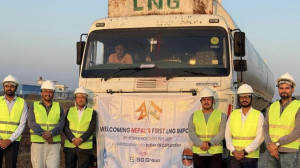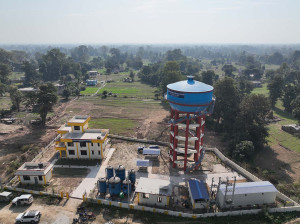Money
Transmission line set to be completed by January-end
The construction of the Dhalkebar-Muzaffarpur cross-border transmission line is set to be completed this month, allowing Nepal to import another 90 MW of electricity from India, the Nepal Electricity Authority (NEA) said.
The construction of the Dhalkebar-Muzaffarpur cross-border transmission line is set to be completed this month, allowing Nepal to import another 90 MW of electricity from India, the Nepal Electricity Authority (NEA) said.
The state-owned power utility had planned to finish erecting the power line by mid-January but has been encountering delays.
“We have finally been able to resume the construction work. Going by the current pace of progress, we should complete the project by the end of January,” said Kanhaiya Manandhar, head of the NEA’s transmission directorate.
The NEA is currently engaged in erecting five towers in Dhanusha and Mahottari districts. The task was estimated to be completed within two-three weeks, but the protest launched by the Samyukta Loktantrik Madhesi Morcha slowed it down. “Despite the ongoing agitation, we have succeeded in expediting the construction work,” Manandhar said.
Nepal has to construct 112 out of the total 354 electricity pylons in the transmission line which is 129.5 km long. Apart from small tasks on the Nepal side, the construction work has been completed, according to the NEA. The Indians have already finished their portion of the project. According to the power utility, it can begin receiving power from India as soon as the remaining work in Nepal is completed.
The completion of the project is expected to reduce load-shedding hours some. NEA sources said the new 132 kV power line would provide some relief, but if a 440 kV transmission line had been built, Nepal would have been able to import up 1,000 MW.
According to the NEA, the generation of electricity by government-owned run-of-the-river projects has shrunk to around 340 MW due to a decrease in the flow of water in the rivers during the winter season.
Likewise, the amount of power being fed into the national grid by independent power producers (IPPs) has dropped to around 150 MW. Energy imports from India total 200-220 MW.
According to the Ministry of Energy, Nepal’s electricity requirement amounts to around 1,300 MW. This means the NEA system has a deficit of around 590 MW.
The NEA is facing a severe challenge in managing the load this winter as energy demand has soared while 75-80 MW have gone off the national grid due to the damage caused by the April 25 earthquake.
A fuel crisis has delayed maintenance work at these projects and prevented them from resuming production at full capacity.
Likewise, the blockade imposed by the southern neighbour for the past four months has increased demand for electricity significantly. With LPG disappearing from the market, the most popular energy for cooking, people have had to turn to electric appliances like induction heaters, cookers and rice cookers leading to a sharp rise in electricity demand.
The increased load on power transformers has led to a large number of them exploding in the Valley.




 18.12°C Kathmandu
18.12°C Kathmandu












